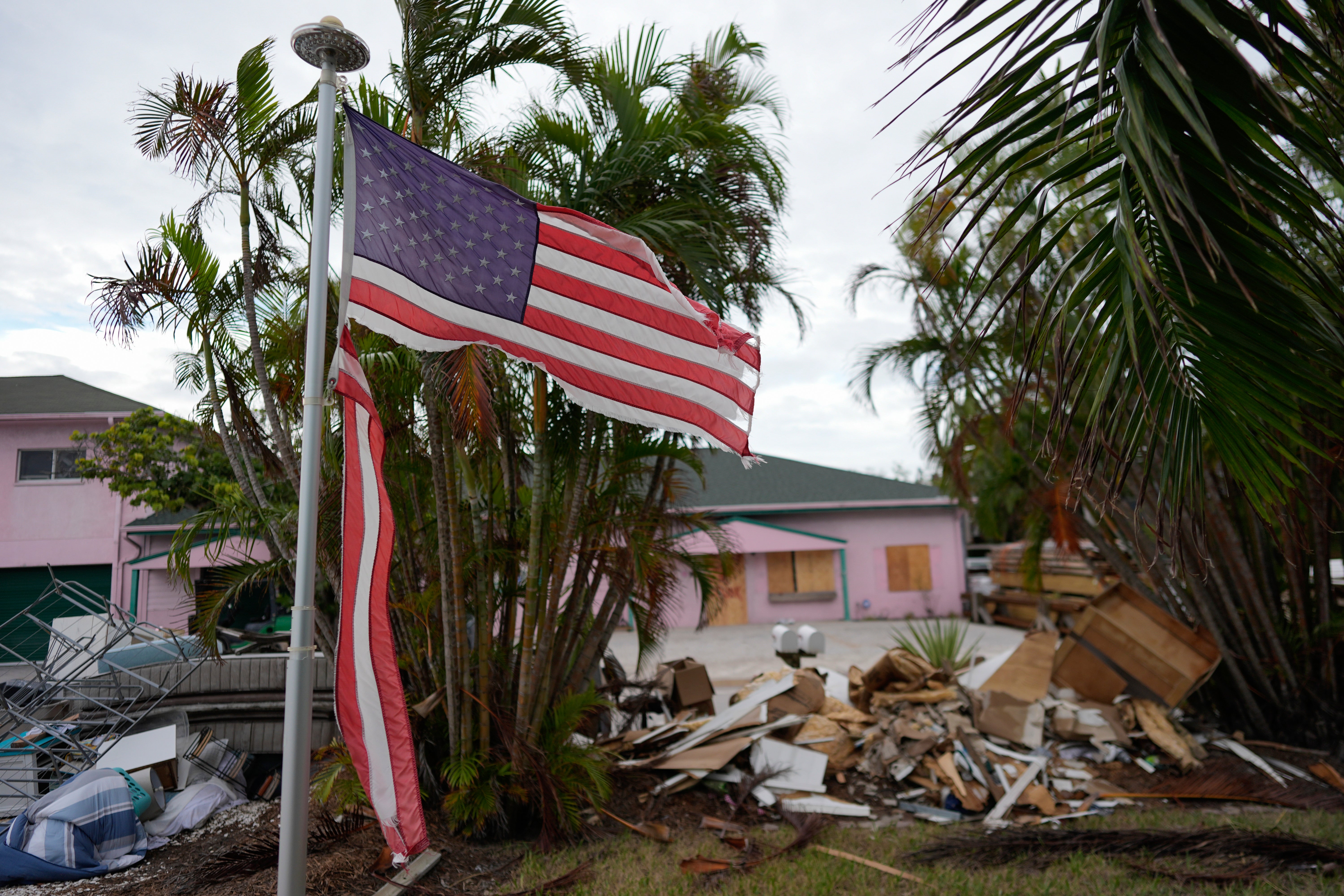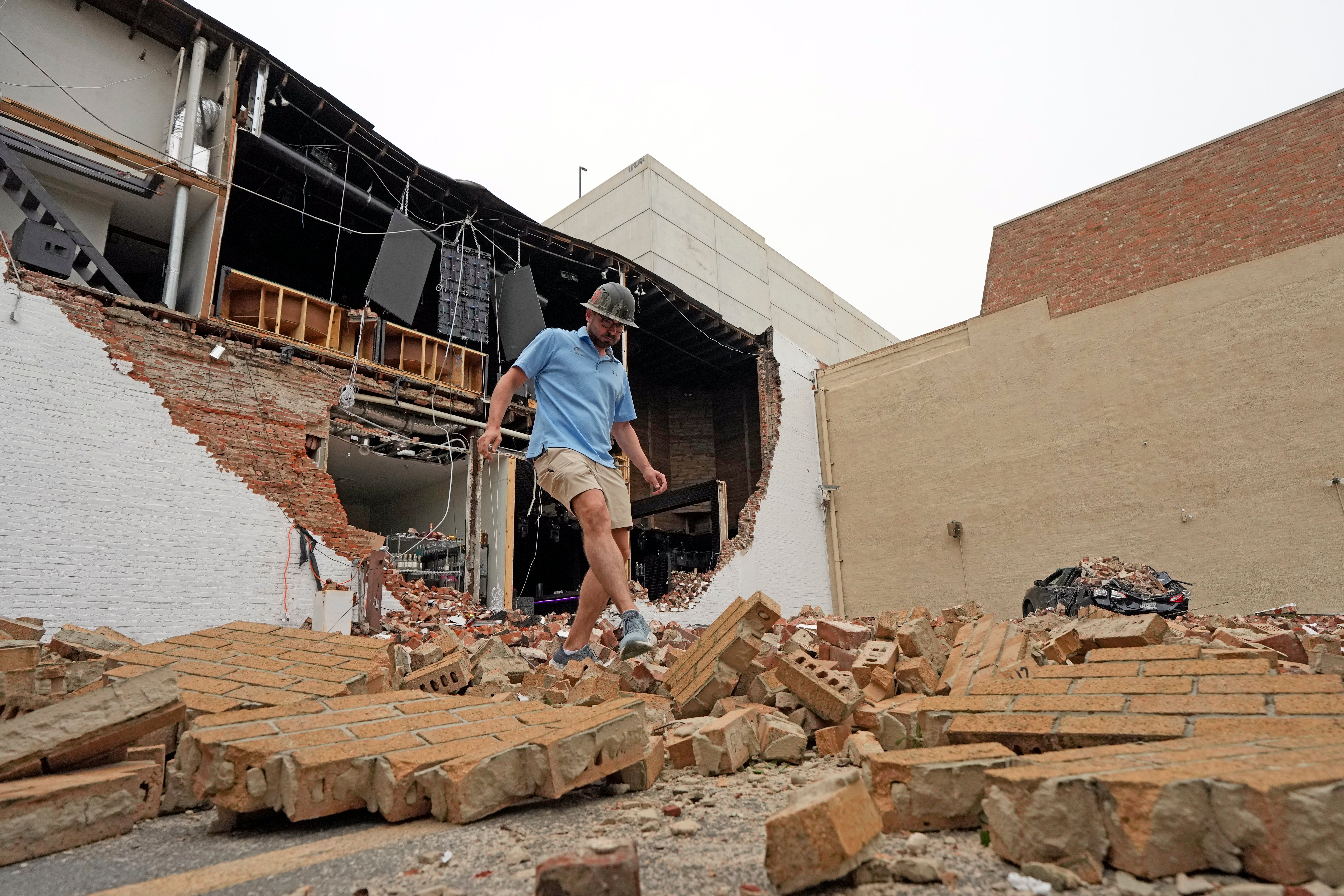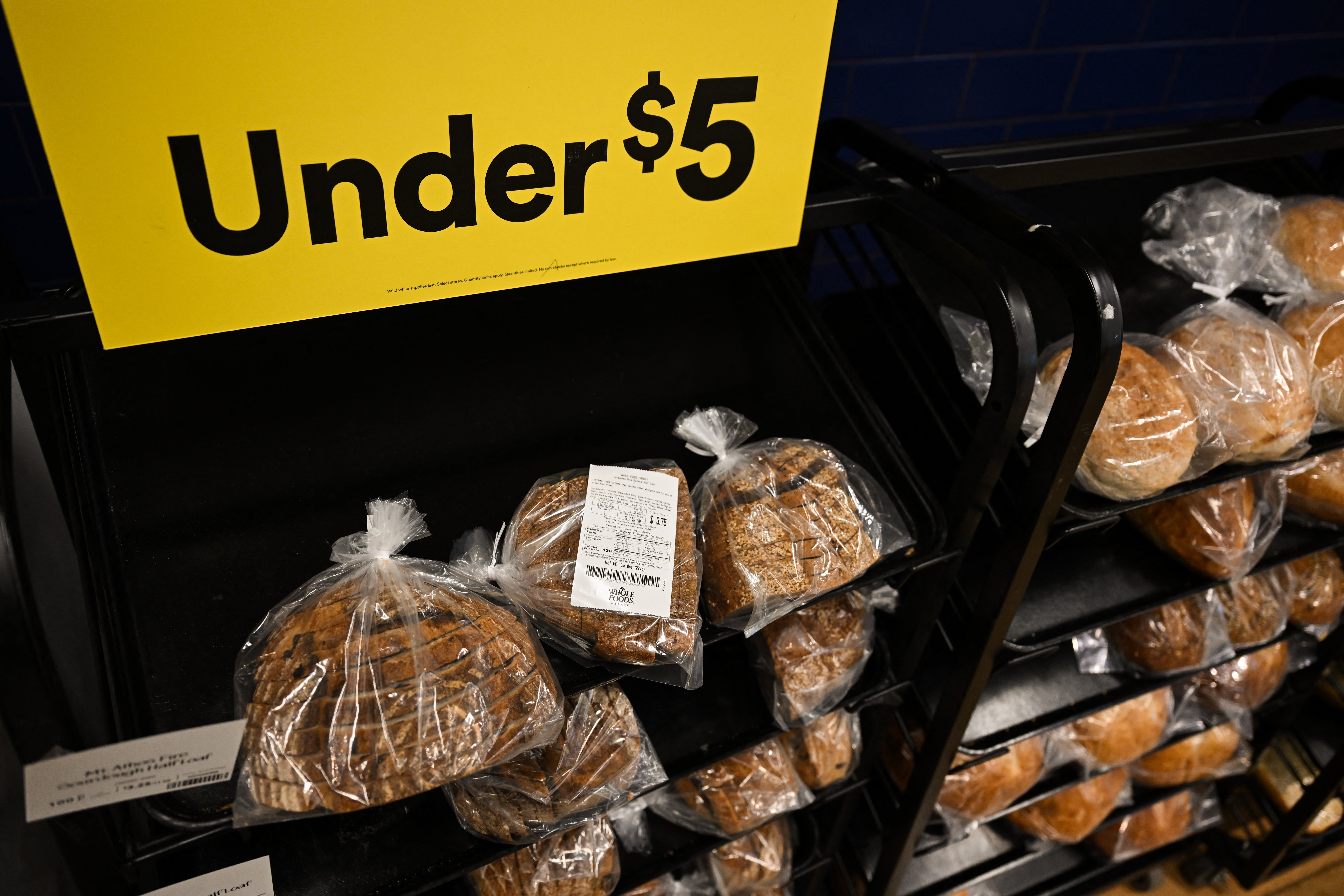The three reasons home-insurance bills are only getting worse
High home insurance prices are the new normal, according to insurance analysts

Your support helps us to tell the story
From reproductive rights to climate change to Big Tech, The Independent is on the ground when the story is developing. Whether it's investigating the financials of Elon Musk's pro-Trump PAC or producing our latest documentary, 'The A Word', which shines a light on the American women fighting for reproductive rights, we know how important it is to parse out the facts from the messaging.
At such a critical moment in US history, we need reporters on the ground. Your donation allows us to keep sending journalists to speak to both sides of the story.
The Independent is trusted by Americans across the entire political spectrum. And unlike many other quality news outlets, we choose not to lock Americans out of our reporting and analysis with paywalls. We believe quality journalism should be available to everyone, paid for by those who can afford it.
Your support makes all the difference.American home insurance rates are very likely to continue to rise significantly, a fact that comes as little surprise to the nation's increasingly frustrated homeowners.
In 2023, home insurance rates around the county spiked by an average of 11.3 percent, with homeowners in Arizona, Texas, and Utah seeing increases of more than 20 percent in some cases, according to S&P Global Market Intelligence.
Insurers and analysts predict that home insurance will only continue to rise thanks to three main drivers, according to a report by the Wall Street Journal.
“I don’t expect the property market to soften any time soon,” Mario Greco, chief executive of Zurich Insurance, told the paper.
He said that there's a looming unknown forcing insurers to either raise rates or make a bet they're not willing to risk.
“Nobody is ready to bet on a different weather pattern,” he said.
That leaves homeowners footing the bill to cover the fallout from three major forces: climate change with its damaging flooding, hail storms and wildfires, housing development in increasingly risky areas, and inflation.
Climate Change

The ongoing climate crisis is a primary driver in increasing home insurance prices. From wildfires in the west to hurricanes in the southeast and damaging hailstorms across the central US, the changing weather patterns, driven by man-made climate change, have left insurers fearful of future risks.
In north Texas's Colin County, 12 hail storms have battered residents' homes this year, causing an estimated $400 million in damage.
Insured losses from storms in the US have grown by 8 percent a year for more than 10 years, according to home reinsurer Swiss Re. That outpaces economic growth, meaning Americans are paying more for home insurance but their salaries aren't rising fast enough to cover the change.
Hail is a particular driver of insurance increases. According to the WSJ report, hail drives 50 percent to 80 percent of insured losses from thunderstorms. This year those losses are expected to hit $51 billion globally.
Insurance claims from hail, water damage — caused by flooding — and wind from storms and hurricanes have all been on the rise in recent years. There were just over 2 million claims for water damage in 2024, and just below that mark for wind damage.
Fire claims have remained relatively consistent since 2020, according to an analysis by the paper.
But climate change is only one driver of the insurance increases; where we build is also cranking up costs.
Where We Build

Building homes in disaster-prone areas is the largest individual driver of spiking home insurance rates, according to the WSJ's analysis.
“We’re just putting more things to break where the weather is,” Neil Alldredge, chief executive of industry body the National Association of Mutual Insurance Companies, told the paper.
He explained that home developers are frequently building homes in places that have long been prone to damaging weather conditions.
“If you were a dictator and wanted to move your population to all the most dangerous places, you couldn’t do a better job than we’ve done to ourselves," he said.
Collin County is a prime example. It’s home to four of the nation's fastest growing cities, but also sits in a region that is constantly battered by severe storms.
Julie Penrod, a life-long resident of Collin County, told the paper that her home insurance has doubled in the past two years. She runs Goosehead Insurance, a home insurance agency, and said she is constantly having conversations with her customers about finding ways to lower their rates.
According to a New York Times analysis, Americans have spent the last two decades moving to some of the most disaster-prone areas of the US. Locations like Tampa, Houston, Dallas, Phoenix, Las Vegas, and Riverside, California, are subject to hurricanes, flooding, hail, drought, and wildfires.
Florida, which is hit yearly by hurricanes, gained six million new residents between 2000 and 2023, according to the analysis.
Phoenix, one of the nation's fastest-growing metro areas for years, regularly sees spring and summer days in excess of 100-degrees Fahrenheit, and those days only seem to be getting hotter, and more frequent.
But even if Americans weren't building in disaster-prone areas, rates still were likely to increase in recent years due to the force making everything else more expensive: inflation.
Inflation

According to the WSJ's analysis, inflation made up more than a third of the annual increase in home insurance costs.
Joy Sharp, who spoke to CBS News and recently built a home in coastal Wilmington, North Carolina, told the broadcaster that she was hit with a $6,000 home insurance increase in 2023 despite essentially no additional coverage.
"I kind of thought it was a joke," she told CBS News. "I kind of thought, OK, where are my discounts? This has got to be like the three-year policy or else this is crazy. The rates went up, but the coverage on my home did not increase very much. I mean, that's a budget buster that just destroys all the economics."
Daryl Fairweather, Redfin's chief economist, said as inflation makes home maintenance and repairs more expensive, it forces home insurance rates up.
"When inflation is on the rise, it basically means that the cost of everything is going up," Fairweather told CBS News. "And that includes the cost of maintenance for homes, the cost of remodeling homes. And that goes into the equation for home insurance."
He recommended Americans consider bundling their home and auto insurance, check around for new quotes, and invest in weatherproofing, including buying storm-resistant windows, landscaping, and drains.
"Instead of sending the money to the insurer, you can use it to harden your home, and potentially get a lower premium in exchange for that," he urged.
Join our commenting forum
Join thought-provoking conversations, follow other Independent readers and see their replies
Comments